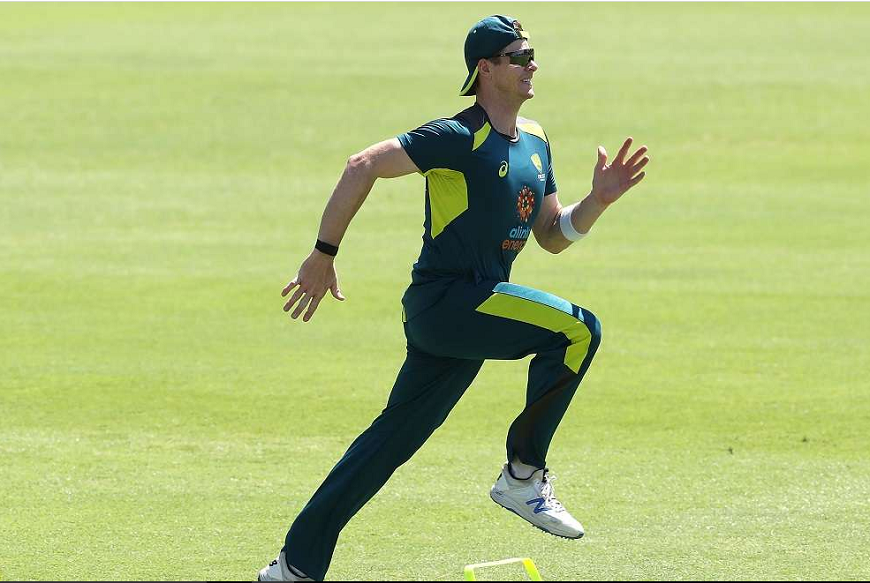As a cricketer, being in good physical shape is crucial for success on the field. A strong and fit body can help you to bowl faster, bat longer, and field with greater agility. In this article, we will discuss how to get in shape for the cricket season.
- Start with a fitness assessment: Before you begin your training, it is important to assess your current fitness level. This can help you to identify any areas that need improvement and tailor your training program accordingly.
- Set specific and achievable goals: Having specific and achievable goals can help to motivate and guide your training. Make sure to set both short-term and long-term goals, and track your progress along the way.
- Focus on strength and endurance: Cricket requires a combination of strength and endurance, so make sure to include both types of training in your program. This can include weight training, cardio, and functional exercises that mimic the movements of cricket.
- Incorporate plyometrics: Plyometric exercises, which involve explosive movements, can help to improve your power and speed on the field. These exercises can include jump squats, box jumps, and plyo push-ups.
- Don’t forget about flexibility: Flexibility is an important aspect of cricket fitness, as it can help to prevent injuries and improve your range of motion. Make sure to include stretching and mobility work in your training program.
- Practice your skills: In addition to physical training, it is important to practice your cricket skills to improve your game. This can include batting, bowling, fielding, and running between the wickets.
- Get enough rest and recovery: Finally, don’t forget to allow your body time to rest and recover. This is especially important after intense training sessions or matches. Make sure to get enough sleep, eat a healthy diet, and incorporate recovery techniques such as foam rolling and massage into your routine.
By following these tips, you can get in shape for the cricket season and improve your performance on the field. Remember to start with a fitness assessment, set specific and achievable goals, focus on strength and endurance, incorporate plyometrics, and practice your skills. Additionally, make sure to get enough rest and recovery to ensure that your body is ready to perform at its best.
